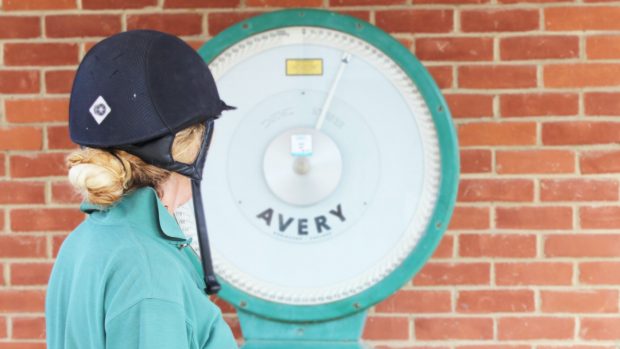There is no doubt that pain associated with the thoracolumbar region does exist, both as a primary problem and as muscular painsecondary to a forelimb or hindlimb lameness.
But, given the complex anatomy of the horses back, it is not surprising that identifying the cause is difficult.
Causes
- Primary back pain may be caused by an ill-fitting saddle. Horses can change their shape and a saddle which fitted when the horse was unfit and overweight may be totally unsuitable when the horse is fitter and leaner.
- Don’t rely on pads and numnahs to readjust the fitting.
- A rider who sits heavily or is thrown behind the rhythm because the saddle fits the horse but not the rider will inevitably cause back soreness.
- A rider who himself experiences physical problems and tends to sit crookedly may also induce back pain.
- Intense, painful back muscle spasm may be induced by the horse moving abnormally, perhaps jumping extravagantly or awkwardly.
- Back pain can also be the result of structural abnormalities such as impinging dorsal spinous processes (kissing spines), arthritis, spondylosis, herniation of intervertebral disks causing nerve root compression and, less commonly, fractures.
What to look for
To the rider, back pain can become evident with a change in the horses behaviour when first tacked up or mounted (cold-backed behaviour), a sudden onset of bucking or rearing, reluctance to go forward, resistance, shortness of stride, stiffness, unwillingness to jump or reduced performance.
But it is important to recognise that the majority of these signs are not specific to back pain. They could be shown, for example, by a horse with early arthritis in both hocks and bilateral hindlimb stiffness, a difficult horse or even one with a schooling problem.
A comprehensive evaluation of the whole horse should be made to detect any underlying problem which may cause back pain.
In some cases it is difficult to determine whether the primary problem is pain induced, or whether it reflects the horsesdifficult temperament.
In these horses, treatment with relatively high doses of painkilling drugs for two to three weeks can be invaluable to see what difference this makes.
Pain thresholds
Horses, just like people, have different pain thresholds. A similar level of discomfort may be well tolerated in one horse, but cause a marked decline in performance in another.
Pain that was tolerated when the horse was being ridden in an undemanding way may become clinically apparent when athletic demands increase.
Managing back pain
The successful long-term relief of back pain often requires a team effort: a combination of rider and trainer, the vet, the physiotherapist or chiropracter and the saddle fitter.
Precise treatments will obviously depend on the primary problem, which emphasises the need for an accurate diagnosis.
While manipulation may relieve muscle spasm, and therefore pain, and acupuncture may alleviate it, if there is an underlying structural bony abnormality then clinical signs are likely to recur.
Pain associated with kissing spines may be relieved by injecting a number of drugs between and around the offending bones, but this is likely to have to be repeated every three to four months and, in selected cases, surgery may be the best long-term solution.
It is also vital to recognise that many horses with suspected back pain actually have a primary problem elsewhere and, if the response to any treatment is short-lived, you should seek expert veterinary advice early on.



